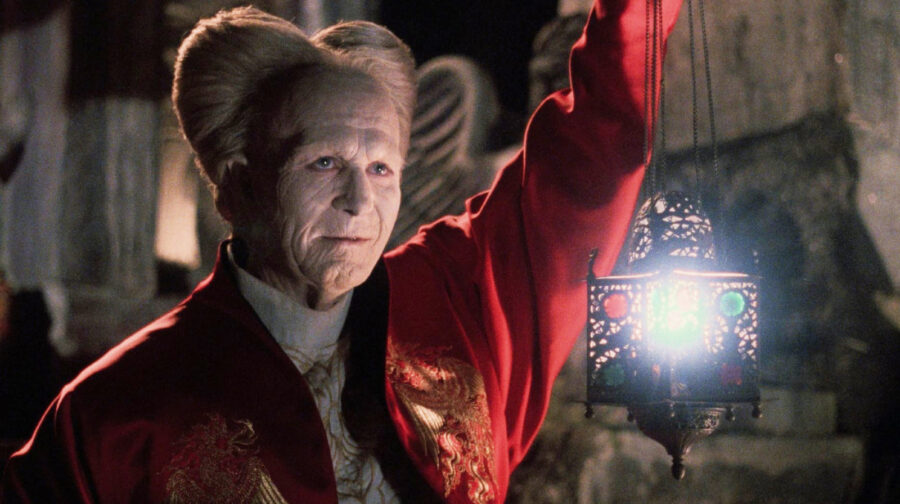Scientists Say They Found the Real-Life Dracula?

A chemical analysis of the letters written by the legendary historical figure Vlad Draculae, Voivode of Wallachia, who served as the inspiration for the fictional vampire Dracula, has revealed that the Prince of Darkness (no, not you, Ozzy) may have cried tears of blood. Now, before you bring out your garlic braids and holy water, the prince of Wallachia didn’t cry blood for reasons unholy.
According to Science Alert, traces left behind on the paper by Draculae—we’ll refer to him as Dracula from this point onward—suggest that he was afflicted by a medical condition known as Haemolacria (or Hemolacria). This was the first time any such research had been conducted, and it helped shed some light on the health of Vlad the Impaler, as certain conditions might’ve contributed to the birth of the myth of Dracula—besides Vlad’s particular tastes when it comes to punishment and torture.
While studying the correspondence of Vlad the Impaler – the real life inspiration for Dracula – researchers say there is evidence he cried tears of blood as a result of the condition Haemolacria.
Haemolacria, for the medically uninitiated, is a rare condition that causes a person to produce tears tinged with or partially made of blood. It’s a relatively harmless condition that has been attributed to a variety of causes, including hormone changes, menstruation (though we’re quite sure that wasn’t the case with Dracula), blocked tear ducts, and nose bleeds.
However, Haemolacria might be a symptom of a severe underlying issue, including inflammation, conjunctival injuries, trauma, blood disorders, and tumors.
How Vlad III Became Vlad The Impaler
Apart from Haemolacria, researchers also suggest that Dracula might’ve had skin and respiratory conditions as well, which also might’ve contributed to the vampire myth. However, his actions also played a crucial role, since he was known for the bloody lengths he went to in order to protect his land from foreign invaders.
One such incident involved impaling more than 20,000 prisoners of war, mainly Ottoman Turks and Balkan soldiers fighting for the Ottoman Empire, as a form of psychological warfare against the advancing Ottoman army.
Whatever the case might be, Sultan Mehmed II was reportedly so horrified that he decided to turn back, deeming the conquest of Wallachia too costly if it meant dealing with Dracula, whom he described as a brutal adversary.

The army of Sultan Mehmed II entered the town of Targoviste in June 1462, only to find the town deserted and filled with the “forest of the impaled,” an area two miles long and nearly a mile wide, with about 20,000 POWs impaled—though some accounts state that there were civilians, including women and children, among the victims.
Whatever the case might be, Sultan Mehmed II was reportedly so horrified that he decided to turn back, deeming the conquest of Wallachia too costly if it meant dealing with Dracula, whom he described as a brutal adversary.
Admittedly, the incident is one of rare Dracula’s deeds that has been documented, but they undoubtedly painted him as a “diavol” (the devil) in Central and Eastern European folklore.
Crying tears, possibly as a result of chronic lung and sinus infections, probably didn’t help with his reputation either, resulting in his portrayal as the ancient evil in pop culture. Bram Stoker’s work was probably the most influential piece of fiction surrounding the historical figure.
Whatever the case may be, the studies conducted on his letters revealed not only plenty about Dracula personally, but also about the lives of Wallachians in the 15th century.












